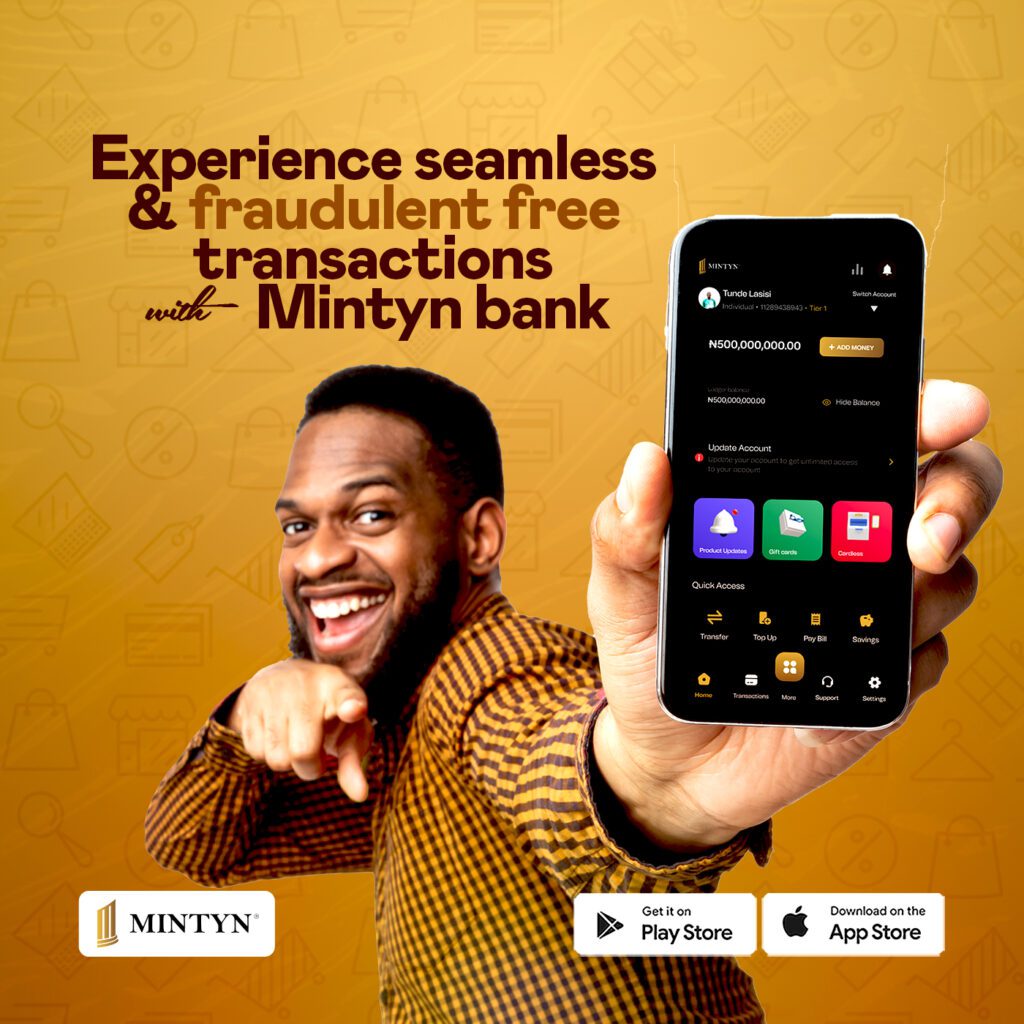Banks have impacted our daily lives, and when you are conducting business, this is especially true. Additionally, it’s crucial to pick the right bank for your company. When I say choosing, I also mean deciding between going for a traditional bank and a digital bank.
This begs the question of what distinguishes a digital bank from a traditional bank. Brick-and-mortar banks are traditional banks. A bank where transactions must be carried out in person. The banks that don’t require your physical presence are digital. You can conduct financial business whenever and wherever you feel comfortable.
However, today’s banking customers have a wide range of options for their banking requirements. Traditional banking was the go-to method for conducting bank business for many years. But thanks to modern technology, users can now access banking services that may be completed online or on mobile.
What Are Traditional Banks?
A traditional bank is a financial institution that does most of its business on-site. Most traditional banks still rely on physical locations to provide your banking needs, even though some offer limited online banking facilities. To assist with this, a conventional bank will have branches nationwide, and many will also have their own branded ATMs.
Traditional banks are ultimately chartered and possess their banking licenses. They frequently provide various financial services, including bank accounts, debit and credit cards, lending, credit reporting, and many other options. Customers should expect to pay more for various services because all this comes at a price.
What Are Digital Banks?
A digital bank is a bank that has its entire operations online without physical locations. Digital banks, also called Neobanks, pair banking services with financial software to provide a reliable yet user-friendly interface with beneficial business synergies.
It’s vital to remember that because of the restrictions on banking licenses, most neobanks aren’t properly regarded as full-fledged “banks. To provide financial services like FDIC-insured bank accounts, money transfers, and withdrawals, they instead collaborate with “Banking as a Service” (BaaS) providers.
Differences Between Traditional Banking And Digital Banking
1. Account Opening
Choosing a conventional bank or a digital platform like Fincra will significantly impact how you open an account.
You may apply for a Fincra account online within a few minutes as long as you supply all the necessary information to have a successful bank account verification.
But it takes much longer to open an account with a traditional bank. Even though some big banks are beginning to offer an online application process, most still require you to go in person to a location before you can start your application.
2. Account Fees
When discussing digital banking, it’s difficult to avoid mentioning fees, or more specifically, the lack of them. Digital banks, who entered the market using a more sophisticated business model, have raised the bar for the amount of service that businesses might expect before being subjected to banking costs.
Most neo-banks offer fees that are either free or almost zero, in contrast to the high maintenance fees and hidden costs connected with traditional banks. For instance, you are not required to maintain a minimum amount or pay any account fees when you use fincra.
3. Customer Service
Customer service is the following key distinction between digital and traditional banking. To emphasise this, prominent digital banking provides online support, whereas traditional banking only offers in-person assistance.
Due to the more quick and more thorough customer service that digital platforms can provide, more business owners are now shifting towards digital banking. For instance, you can contact Fincra’s customer service by email and chat assistance in addition to visiting the Lagos office (Nigeria) or the office in Canada.
4. Data And Integrations
The focus on integration with other financial instruments is another crucial distinction between neobanks and conventional banks. You’ll likely want to connect your bank feed with your accounting software (like QuickBooks Online or Xero) if you’re opening a business banking account. You can integrate your accounting software directly with fincra’s API.
Additionally, you receive pervasive information about every transaction, allowing you to quickly and easily understand the details of every purchase. Your bookkeeping will be completed rapidly and with less effort.
On the other hand, most traditional banks are still learning how digital firms run, what kinds of data business owners want, and what linkages are necessary to automate corporate operations. When you bank with a traditional institution, you might have to put in a lot of effort to find out the details of each transaction and reconcile your bank statements by hand.
5. Automated Payment
When it comes to cutting-edge features for accounts payable administration, digital banks win. A platform like Finca enables you to send money and make payments for utilities without ever leaving your account, whereas some traditional banks only offer the most fundamental AP functions.
You can sync everything back to your documentation software, set up single-step and multi-step approval workflows, pay invoices from your Fincra account, and unpaid import payments directly into your banking account.
Pros And Cons Of Traditional Banking
While traditional banking does not always provide the same conveniences as digital banking, it does offer a wide range of services, so you can probably find all you need in one location. A traditional bank may be a better option if you place the highest value on in-person customer service.
Pros Of Traditional Banking
- Face-to-face customer service
- Investment services
- Access to a savings account
Cons Of Traditional Banking
- High account maintenance fees
- Low-interest rates
- Lack of Convenience
Pros And Cons of Digital Banking
In terms of account costs, accessibility, integrations, and teamwork tools, digital banking takes the card. If that’s what you want, it could be time for digital banking.
Pros Of Digital Banking
- Online account opening
- Low fees
- Multiple account checking
Cons Of Digital Banking
- No physical location
- Varying features from bank to bank
Conclusion
The future of banking is digital — especially if you’re a business owner. With digital banking, you can cut down on fees, get better integrations with your accounting software, securely collaborate with your team and get better visibility into how much you’re earning, saving and spending every day.
Therefore, consider using fincra if you send and receive money anywhere in the world.








